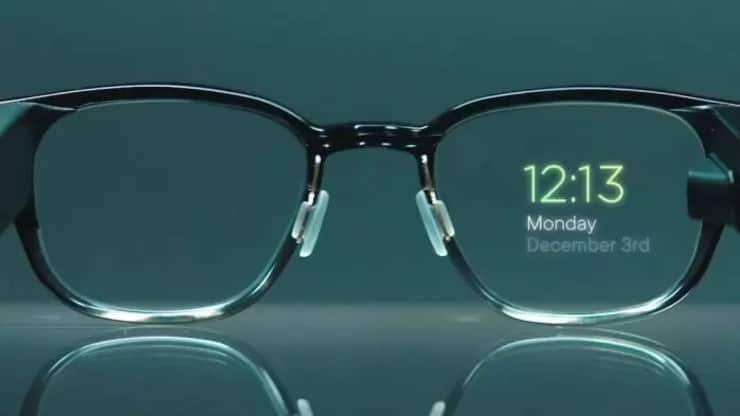Google revealed that it was working to provide internet via balloons floating in the stratosphere. Loon is an independent Alphabet company, today announced its first commercial operation in partnership with an internet service provider in Kenya.
This is a first in many ways: the first non-emergency use of Loon to provide connectivity on a large-scale basis, the first application of balloon-powered internet in Africa, and the first of what will be many commercial deployments around the world.
Working with Telkom Kenya after testing last year, Loon is providing internet for a 50,000 square kilometer region that covers the “western and central parts of the country, including the areas of Iten, Eldoret, Baringo, Nakuru, Kakamega, Kisumu, Kisii, Bomet, Kericho, and Narok.

Internet Balloons
Meanwhile, inpidual balloons can alternate between providing internet connectivity directly and acting as a link in the mesh network. The New York Times notes that they stay up in the air for over 100 days before coming back down to earth.
Loon explained the aim of its balloons isn’t to replace satellite connectivity or ground-based technologies like cell towers or fiber optic cables, but to offer a “third layer” of connectivity to help get more people connected to the internet worldwide.
The company’s balloons have already provided internet connectivity in the wake of disasters, like in Puerto Rico in 2017 after Hurricane Maria or in Peru after an earthquake in 2019, but never as part of a large-scale commercial deployment.

Noteworthy, Loon began life in 2011 as a Project Loon, inside Google X, the search company’s arm dedicated to incubating ambitious ideas. In 2015, when Google restructured and formed parent company Alphabet.
Later, Google announced that it acquired North, an 8-year-old, Amazon-backed company that makes smart glasses, according to Crunchbase.
Google was an early pioneer in the field of augmented reality, where computer-generated images are superimposed over the real world, often in a pair of computerized glasses.

Google Glass
Google Glass, one of the first such devices, was unveiled in 2012, but high initial pricing and privacy concerns the glasses contained a video camera doomed its appeal among consumers. Nonetheless, Google continues to make a version of Google Glass available to enterprises, where it competes with Microsoft’s HoloLens.
Noteworthy, North company is located in Waterloo, Canada; North was founded in 2012 as Thalmic Labs, and its goal was to develop innovative technologies that help people make the most of technology.
It initially worked on a device named Myo It is worn on the wrist and converts gestures to computer commands based on the movement of nerve fluids, before moving to work on Focals glasses under a new name.
Smart Focals are similar to regular glasses in shape, but they have lenses that contain hologram screens that make them smarter.
The hologram technology allows the glasses to project three-dimensional shapes of what the user sees in front of them to help them measure and analyze scenes.






